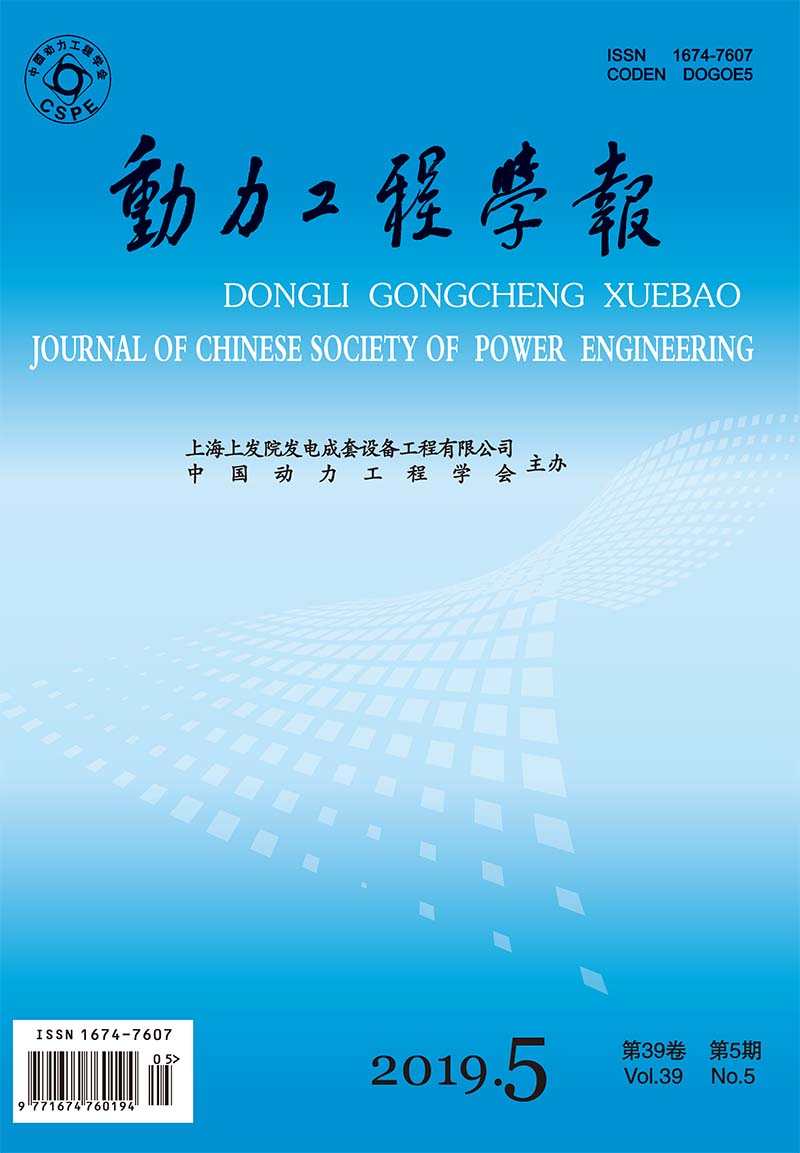ZHANG Yao, ZHANG Wanfu, GU Qianlei, CHEN Luqi, MA Kai, LI Chun
2019, 39(5): 353-359.
Based on the computational fluid dynamics, three-dimensional models were established for the control stage of a 350 MW steam turbine to study the influence of rotor eccentricity and tip shroud on the characteristics of fluid-induced vibration under partial admission conditions with the valves being opened in different combinations and degrees. Calculated results show that with the rise of valve pressure, the accumulative mass flow increases while the fluid-induced force increases firstly and then decreases. The force mainly generates from the inner arc of the rotor blade. However, for the free blades in eccentric state, the force mainly comes from the top of the blade when the accumulative flow rate is relatively small. The fluid-induced force in vertical and horizontal direction is approximately equal in magnitude. Non-diagonal admissions produce larger fluid-induced force, which reaches the maximum for the model with shroud when valves I, Ⅱ and Ⅲ are open, and for the model without shroud when all the four valves are non-uniformly opened, sharing 24% to 35% weight of the high-pressure rotor. Both the rotor eccentricity and tip shroud increase the fluid-induced force, but the force is also affected by the partial admission mode, the eccentric direction and the relative position between the two factors. Under same working conditions, the maximum fluid-induced force in eccentric state is about 133.94% of that in un-eccentric state, and the maximum fluid-induced force for the model with shroud is about 150% of that without shroud.
